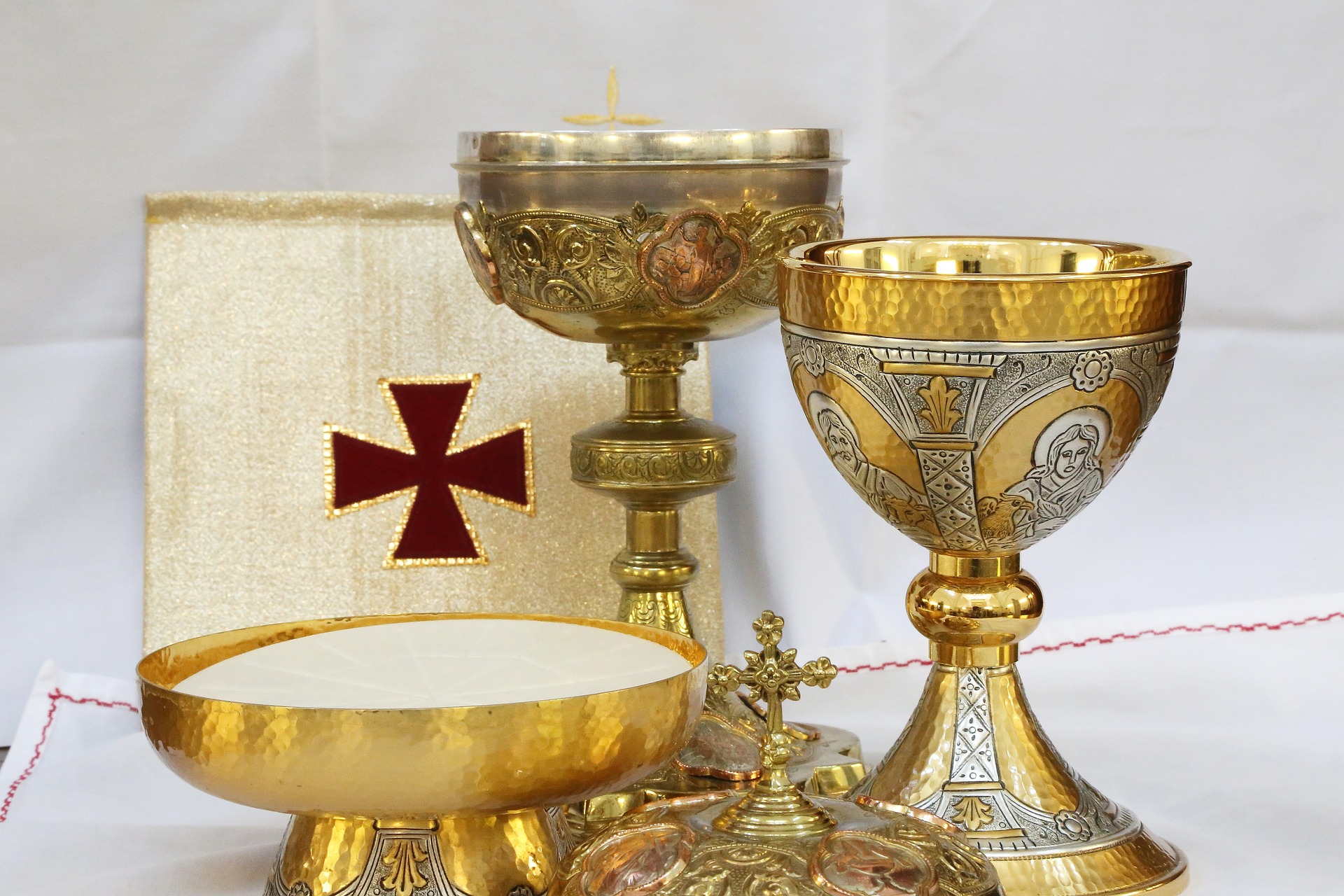Answered by Legionary of Christ Father Edward McNamara, professor of liturgy and dean of theology at the Regina Apostolorum university.
Q: Is it permissible for the main celebrant to leave Mass and hand over to a concelebrant to continue with the same Mass? I noticed during a wedding Mass that the main celebrant, after the homily and exchange of marriage vows had concluded, handed over to another priest to continue while himself left. — E.C., Kabwe, Zambia
A: The short answer to this is no! In the Latin rite, the only case in which a principal celebrant would abandon his role would be due to a grave illness that impeded his continuing the Mass. Otherwise, there are no situations in which there is a change of priest celebrants during Mass.
This includes Masses in which weddings and baptisms take place. The principal celebrant should always be the one to preside over the sacramental rite.
It is true that there are no explicit rules forbidding the «handing over» of a Mass. But, as we have mentioned on other occasions, the legislator cannot foresee everything the human imagination is capable of conjuring.
There is, however, a 2007 private reply from the Congregation for Divine Worship which deals with the principles involved. The question at hand was whether a deacon could preside at the rite of marriage during Mass. In responding negatively, the congregation stated, «From a liturgical point of view it is inadmissible for there to be a change of president in the course of one and the same liturgical celebration.»
To forestall possible objections, the letter also addressed the apparent exceptions to this principle such as those:
«That occur when the Bishop presides over a celebration in choir dress or when a newly ordained Bishop becomes the president of the Eucharistic celebration from the moment of his Ordination.»
The first example occurs when a bishop assists at a Mass but does not celebrate — for example, on the occasion of a priestly jubilee. In such cases, the bishop may give the homily and the final blessing. Also, if the bishop is present at the funeral without concelebrating — for example, on occasion of the funeral of a priest’s parent — the priest would preside at the Mass while the bishop may celebrate the final commendation at the end.
The second case of a brief change in presider, apart from the case of a newly ordained bishop in his own diocese, could also occur when a newly appointed bishop takes possession of his diocese and is introduced into the diocese by the local metropolitan archbishop. In this case, No. 1145 of the Ceremonial of Bishops says:
«If, however, the Metropolitan himself brings the Bishop into his cathedral church, he presents the Bishop at the door of the church to the highest-ranking member of the chapter and presides at the entrance procession; at the cathedra, he greets the people and requires that the apostolic Letter be shown and read. When it has been read, and after the acclamation of the people, the Metropolitan invites the Bishop to be seated in the cathedra. Then the Bishop rises and sings Glória in excélsis according to the rubrics.»
The above-mentioned letter concludes that these are not true exceptions but «arise from the nature of the Bishop’s ministry, and do not take the general rule.»
As we see, these are all exceptional cases and refer only to bishops. Therefore, it was not liturgically correct to substitute the presider at the Mass.
There are some occasions when the rubrics do allow for the intervention of several priests without, strictly speaking, implying a change in the presiding celebrant. This is foreseen, for example, in a concelebration in which other priests may recite alone a part of the Eucharistic Prayer.
It is also possible to divide some parts of the rite of the anointing of the sick even during Mass when large numbers of sick people are present. Thus No. 19 of the introduction to the Rite of Anointing of the Sick says:
«When two or more priests are present for the anointing of a sick person, one of them may say the prayers and carry out the anointings, saying the sacramental form. The others may take the remaining parts, such as the introductory rites, readings, invocations, or instructions. Each priest may lay hands on the sick person.»
Likewise, when there are large numbers of faithful to receive the sacrament of confirmation the bishop may authorize and grant faculties to one or more priests to confirm along with him (Rite of Confirmation no. 28).
However, in all of these situations, the principal celebrant remains the same and concludes the celebration.
I have no idea why the priest in question did what he did. A priest is also a member of the faithful and, just like everybody else, should participate in any liturgical rite in its entirety.
* * *
Readers may send questions to zenit.liturgy@gmail.com. Please put the word «Liturgy» in the subject field. The text should include your initials, your city, and your state, province or country. Father McNamara can only answer a small selection of the great number of questions that arrive.



